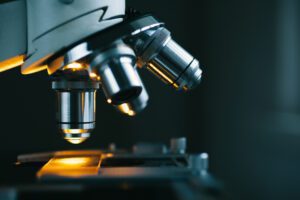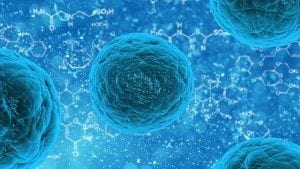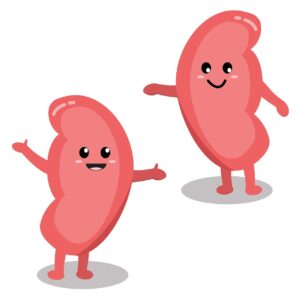Polycystic Kidney Disease
What is polycystic kidney disease?
Polycystic kidney disease is characterized by cysts that develop in the kidneys and affect their ability to filter waste from the blood. These cysts can lead to kidney failure due to the enlargement of the organ. While it mainly affects the kidneys, other organs may also feel the effects, with the liver being the most common. About 500,000 people have this disease in the United States.
This disease comes in two different forms: autosomal dominant (ADPKD) and autosomal recessive (ARPKD).
What are the symptoms of polycystic kidney disease?
The main symptom of this disease is cysts. Other symptoms include high blood pressure, pain in the sides and back, blood in the urine, recurring urinary tract infections, kidney stones, headaches, a feeling of fullness in the abdomen, kidney failure, and abnormalities within the heart valve. Those who have polycystic kidney disease are at a higher risk of aneurysms, which can be life-threatening.
What causes polycystic kidney disease?
There are multiple genes that connect to this disease. Mutations in the PKD1, PKD2, and PKHD1 genes can all cause polycystic kidney disease. The mutations in the PKD1 and PKD2 genes are inherited in an autosomal dominant pattern, while the mutation of the PKHD1 gene is inherited in an autosomal recessive pattern. The exact functions of these genes are unknown, but it is suspected that they help to transmit chemical signals from outside of the cell to the nucleus.
Despite the majority of cases of this disease being inherited, a small portion of cases are not caused by gene mutations. In these cases people often have other forms of kidney diseases, and they have been treated with hemodialysis for multiple years.
How is polycystic kidney disease diagnosed?
Tests are conducted in order to identify the number of cysts present in the kidney and the amount of healthy tissue left. The tests used to diagnose and assess this disease are ultrasounds, CT scans, and MRIs.
What are the treatments for polycystic kidney disease?
Treatment for this disease is the most effective if it is started in the early stages of the disease, before complications become serious. Treatment is symptomatic. Lifestyle changes, such as a healthy diet and exercise, paired with medication can help to treat high blood pressure. Pain medications are another common treatment. Antibiotics can be prescribed in order to combat kidney or urinary tract infections. If the disease advances to kidney failure, dialysis or a kidney transplant will become necessary. Surgery may also be necessary to remove cysts if they cause too much pain. Screening to monitor aneurysms is also common in treatment.
Where can I find out more about polycystic kidney disease?
Polycystic Kidney Disease Articles


Cubs Fan with PKD Goes to Wrigley Field in Search of Kidney Donor


Study of the Week: A Ketogenic Diet Could Benefit APDKD Patients


The Creation of Cilia-Free Stem Cells Aids in Finding the Cause of Polycystic Kidney Disease








